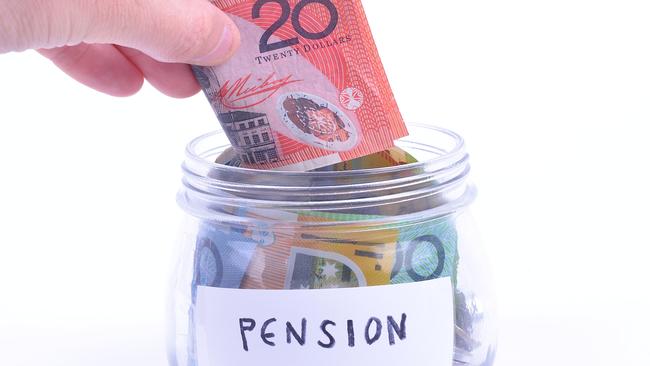Can you get the age pension?
The new pension access thresholds should be reviewed by anyone interested in a government pension.

Millions of Australians receiving a full or part age pension had a welcome boost at the start of July in the form of increases to the assets test threshold limits.
The assets test is a key part of the assessment process used by the Department of Human Services to determine who is eligible to receive government pension payments and how much is paid to singles and couples. It sets the maximum value of assets (excluding the family home) that can be held to receive a full age pension.
Pension payments are then reduced by $3 per fortnight for every $1000 of assets above those limits until they cut out entirely. This is known as the taper rate.
The other main test for age pension payments is the income test, which allows them to earn certain amounts per fortnight before their pension is reduced.
The latest assets test increases, although not large, might be enough to assist some people to capture higher fortnightly age pension payments.
Moreover, they might help others not eligible for any age pension payment to qualify under the higher test limits. One of the biggest problems for many retirees at the moment is the mismatch between age pension rates and investment returns.
On full age pension rates, a single person with a home can receive $24,551.80 a year including additional payment supplements if they hold assets valued below $268,000. A homeowner couple can receive $37,013.60 combined if their assets are below $401,500.
People with assets above these limits need to rely on investment returns to make up the difference with the age pension as it reduces under the payment taper rate of $3 for every $1000 in assets held.
That scenario might be difficult for some people in the current environment of record low interest rates and volatile investment returns, keeping in mind the negative one-year returns from the Australian sharemarket last financial year and average returns from bank term deposit accounts are now below 2 per cent.
If your net assets are above the assets test thresholds — and depending on what makes the most sense for your longer-term retirement plans — there are strategies you may want to consider in order to qualify for either a full or part age pension or to increase your current government payments.
Home improvements: With your family home being exempt from the assets test you’re able to reduce your assessable assets by spending any amount of money on improvements or repairs.
Debt payments: If you have a mortgage against your exempt principal place of residence, using other assessable assets to repay that debt will have the dual effect of reducing your debt and your assessable assets at the same time.
Gifting: Another legitimate way to reduce assessable assets is via gifting to family or friends. A single person or couple can gift $10,000 in a financial year, or $30,000 over a rolling five-year period. Those who are more than five financial years away from being eligible for the age pension can gift any amount.
Super splitting: There can be age pension benefits when an older spouse splits their super contributions with a younger spouse over time so the older partner can qualify for the age pension.
Funeral expenses: Lastly, another way to reduce assessable assets is through the purchase of funeral bonds. A single or couple can each spend up to $13,250 on an individual funeral bond, which are classed as exempt assets. Additional amounts can be spent to prepay funeral expenses.
Structuring your assets and retirement income around the age pension can be complex.
Remember, there is also an income test to qualify for the age pension. Currently a single person can earn up to $178 per fortnight, and a couple up to $316, before their payments are reduced on a sliding scale.
Income includes earnings from work and payments derived from assets, including interest, dividends and rent. Rental income is calculated after the deduction of operating expenses, including debt repayments.
Tony Kaye is senior personal finance writer with Vanguard Investments Australia.







To join the conversation, please log in. Don't have an account? Register
Join the conversation, you are commenting as Logout